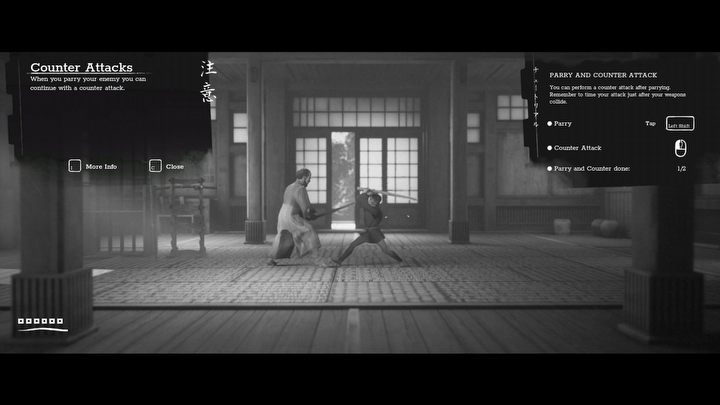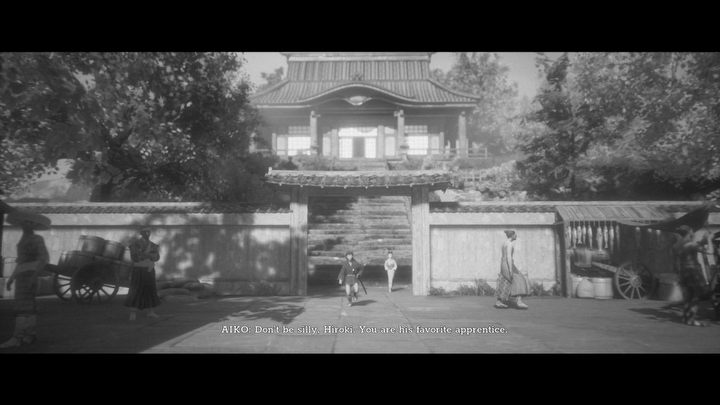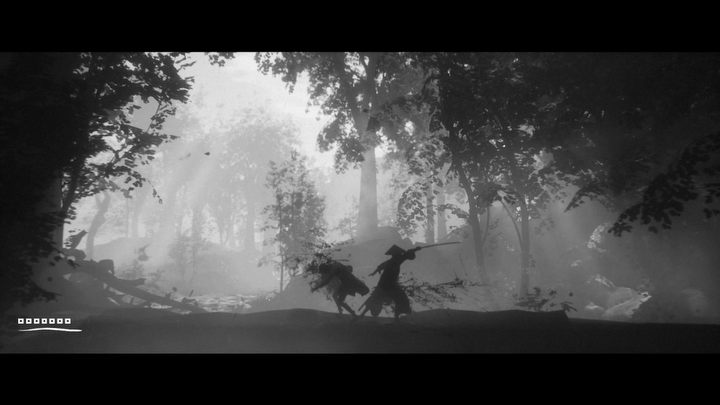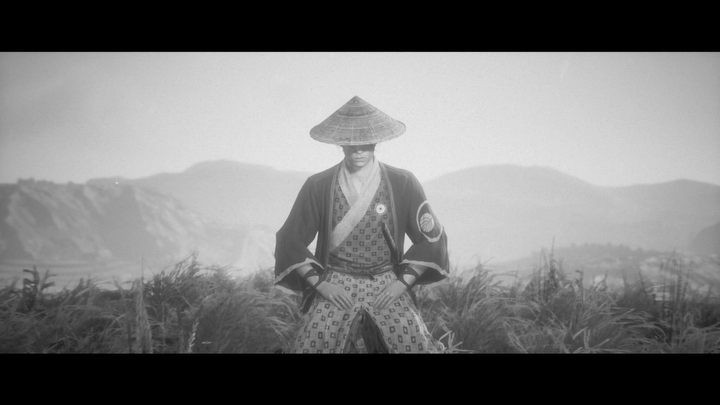The One to Keep in Mind. Trek to Yomi Preview
Trek to Yomi promises a beautiful monochromatic picturesque experience taken straight out of Kurosawa movies, combined with satisfying combat. Will the yet unknown story be on the same level?
Ghost of Tsushima has set the table nicely for samurais to carve (slice?) out a new niche in gaming. We’ve had plenty of ninjas but for some reason samurais never quite caught on. Until now, of course.
Trek to Yomi is a very different game compared to Ghost but it’s one worthy of your attention. All the same elements are there - the laser-accurate attention to historical detail, the all-Japanese dialogue, and lots and lots of sword fighting.
In my hour-long preview I got to experience the opening chapter of the game which begins with you, as a young would-be samurai, training in your sensei’s dojo. Bandits roll into town however and you’ll have to show them what you’ve learned.
Homage to classic samurai cinema
The intro tutorial and the following combat sections provide a smooth onboarding to the core of the game - fighting. You’ll use a number of simple combos to dispatch foes and when you’re not liberating heads from their bodies you’ll be exploring and soaking up the atmosphere of medieval Japan.
The game is all in black and white which was a stylistic choice to honor the source material - classic samurai cinema. The films of Akira Kurosawa are keenly felt in the camera work and framing of Trek to Yomi and themes and tropes of his films are well served here by studio Flying Wild Hog.
This is something of a surprise, actually, given this is the same studio that gave us the Shadow Warrior reboots, none of which approach samurais, much less Japanese history, with any kind of seriousness. I mean, the main character’s name is Lo Wang, not exactly high brow, super serious stuff.
But Trek to Yomi is taking itself dead serious and it comes through loud and clear. The locations are painstakingly recreated to look as accurate as possible, the music all comes from traditional Japanese instruments, and even the forests seem Japanese somehow, and it’s not just because of all the bamboo.
There was plenty to see in my first hour of the game as I traversed through villages, forests, caves, and fields. The strength of the fixed position camera turns every scene transition into a living landscape painting. The black and white style does some really nice work here as things are bold and sharp with well defined lines - a Torii gate or a small shrine against the backdrop of an empty sky really pops out at you.
There’s some great lighting effects though too as there’s an interplay between shadow and light, especially in the forest sections. Wherever you go you’ll stop to drink in the scenery before getting back to turning bad guys into human sushi. I’m honestly looking forward to just spending a long afternoon playing through the final game and taking it all in.
Well-balanced combat
It helps too that the combat strikes the right balance between challenge and fun. The developers have gone the “easy to play, difficult to master” route as there are a number of simple combos you can use and chain together. Once you get the hang of it (which doesn’t take very long) you’ll be carving through bandits one after the other. There are throwing knives and no doubt other combat aids in store for the final release but the main show is the swordplay. And it’s a pretty damn good show.
You can execute a finishing move that’s just the right amount of realistic but dramatic. Japanese media has a bit of a thing when it comes to people getting killed with swords - they tend to burst like over-ripe mellons, spraying about a bazillion gallons of blood all over the place. There’s just a touch of that here with black clouds of arterial spray exiting your foes as your sword enters them. But it’s nothing so dramatic as what you’d find in a second rate anime.
I didn’t get to experience a ton of story content so I can’t say until I play the full game how it’ll shake out, but what I saw looked promising. It doesn’t seem as if there’s going to be sidequests; though I’ll happily be wrong if you end up being able to step off the story’s main path at times to get in the mix with the locals a la Ghost of Tsushima. While not outright copying Ghost, Trek can take some of the proven lessons of that game and incorporate them nicely into a side-scroller. Besides, the comparison between the two is going to be inevitable.
Trek to Yomi does not officially have a release date yet but I’ll be looking forward to when it finally does. There’s a lot of games out now that are just explosions and a lot of gunfire. It’s nice to be able to slow down every once and a while and take in an experience. If it’s a cinematic samurai story with brutal and bloody combat - all the better.




